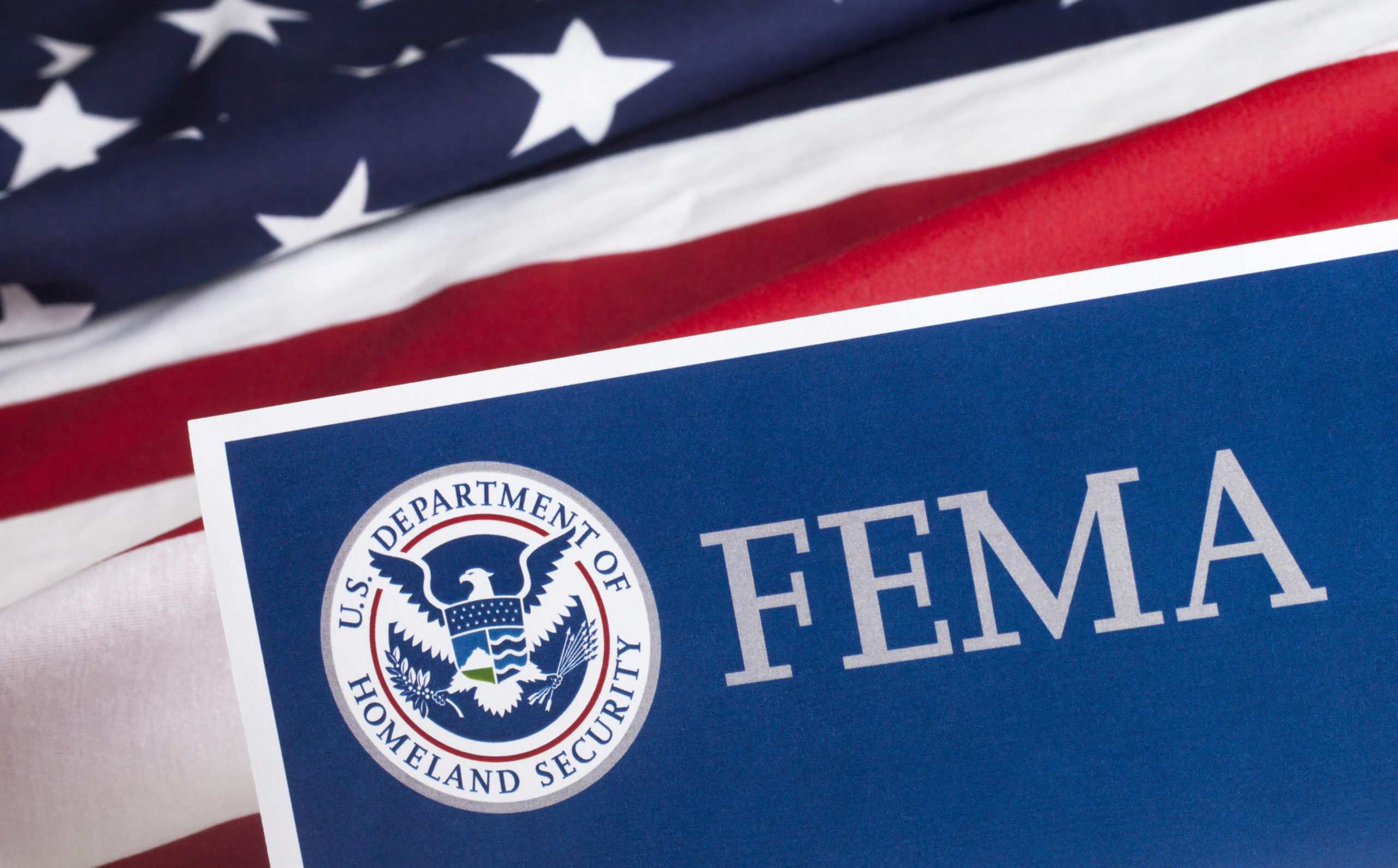

As a public works director, ensuring your municipality’s FEMA compliance isn’t just about ticking boxes—it’s about safeguarding your community against disaster while securing crucial funding for infrastructure and recovery. Yet, navigating these requirements can often feel like an uphill battle, particularly when relying on outdated systems or processes. Thankfully, water management software offers solutions that not only streamline compliance but also enhance overall preparedness, disaster mitigation, and response capabilities.
Here, we’ll explore how water management software supports FEMA compliance: a complete guide, sharing insights from experience and practical guidance to help you make informed decisions.
Understanding FEMA Compliance in Water Management
The Federal Emergency Management Agency (FEMA) plays a pivotal role in disaster preparedness, response, and recovery across the United States. For public works departments, FEMA compliance often focuses on key areas such as:
- Floodplain management: Ensuring infrastructure and development projects align with FEMA’s National Flood Insurance Program (NFIP) guidelines.
- Risk assessment and hazard mitigation: Identifying potential hazards, such as flooding or stormwater runoff, and implementing measures to reduce their impact.
- Emergency preparedness and disaster recovery: Maintaining plans, workflows, and systems to manage and recover from natural disasters effectively.
Non-compliance can lead to severe consequences, including reduced access to FEMA funding, legal penalties, and increased vulnerability to disasters. For many municipalities, the challenge lies in juggling these responsibilities alongside daily operations—a task made more difficult by fragmented data and manual processes.
The Challenges of Meeting FEMA Compliance
One of the most daunting aspects of FEMA compliance is the sheer volume of documentation and coordination it requires. For example, maintaining up-to-date floodplain maps, conducting hazard assessments, and tracking maintenance activities can quickly overwhelm a team relying on spreadsheets or paper-based systems.
From my experience managing compliance efforts, I’ve seen firsthand how disorganized records can delay funding applications or derail audits. During one audit, we discovered a critical maintenance log missing because it was stored on a single employee’s personal computer. That delay cost us valuable time and strained our relationship with FEMA auditors. Instances like these highlight the need for centralized systems to mitigate such risks.
Additional Hurdles:
- Real-time data challenges: Without live updates, teams can’t respond effectively during disasters or provide accurate compliance reports afterward.
- Limited interdepartmental communication: Emergency scenarios often require collaboration across departments, which can be hampered by siloed systems.
- Staffing and budget constraints: Smaller municipalities may lack the resources to manually handle complex compliance processes or implement flood risk management strategies.
How Water Management Software Solves FEMA Compliance Challenges
Water management software is a game-changer for public works teams striving to meet FEMA requirements. Here are some key ways it can simplify compliance and enhance operations:
1. Centralized Data and Documentation
Water management software provides a single platform for storing and managing critical data, such as inspection logs, maintenance records, permits, and essential disaster recovery documentation. This centralization ensures that information is:
- Accessible: Staff and auditors can retrieve needed documents quickly. No more searching through file cabinets or multiple drives.
- Accurate: Automated updates reduce the risk of human error.
- Audit-ready: Historical data is securely stored and easily exportable for FEMA audits.
During a recent flood risk assessment in our municipality, we used software that allowed us to generate detailed reports on infrastructure conditions within minutes. This saved weeks of preparation and ensured we met FEMA’s submission deadlines.
2. Enhanced Risk and Floodplain Management
Modern water management software often integrates with GIS tools, enabling detailed mapping and monitoring of flood-prone areas. This integration allows public works directors to:
- Identify high-risk zones and prioritize hazard mitigation efforts.
- Use predictive modeling to assess the impact of potential disasters, such as heavy rainfall or flooding.
- Align projects with NFIP requirements to protect community assets.
GIS overlays, for instance, helped us pinpoint a critical drainage system in a high-risk flood zone. With that information, we secured FEMA grants to upgrade the infrastructure before disaster struck.
3. Streamlined Emergency Preparedness and Response
In emergency scenarios, time is of the essence. Water management software facilitates quick, coordinated responses by:
- Automating workflows for disaster response tasks, such as dispatching crews or issuing alerts.
- Providing real-time data on infrastructure conditions and repair progress.
- Integrating mobile apps for field teams to update statuses directly from disaster sites.
During a recent storm, our software’s mobile capabilities proved invaluable. Field crews could upload damage photos and repair updates in real time, enabling faster coordination with FEMA representatives.
4. Improved Communication and Collaboration
Water management software breaks down silos between departments and external agencies. Features like shared dashboards and communication tools foster:
- Transparency: FEMA and other stakeholders can access relevant data without delays.
- Collaboration: Teams can align efforts on disaster response plans, recovery initiatives, and compliance audits.
Choosing the Right Water Management Software
If you’re considering water management software, prioritize solutions with features that align with FEMA’s requirements, such as:
- GIS integration: For floodplain mapping and risk assessment.
- Customizable reporting tools: To simplify audit preparation.
- Mobile functionality: For seamless field operations.
- Scalability: To grow with your municipality’s needs.
Additionally, ask vendors:
- How does the software handle FEMA-specific documentation?
- Does it offer training or support for compliance tasks?
- Can it integrate with existing systems, such as GIS or asset management platforms?
Conclusion
FEMA compliance doesn’t have to be a source of stress. By adopting the right water management solution, public works directors can streamline their operations, improve disaster preparedness, and secure essential funding—all while protecting their communities. Now is the time to explore solutions that can make compliance simpler and more effective.
Your community’s resilience depends on it.





